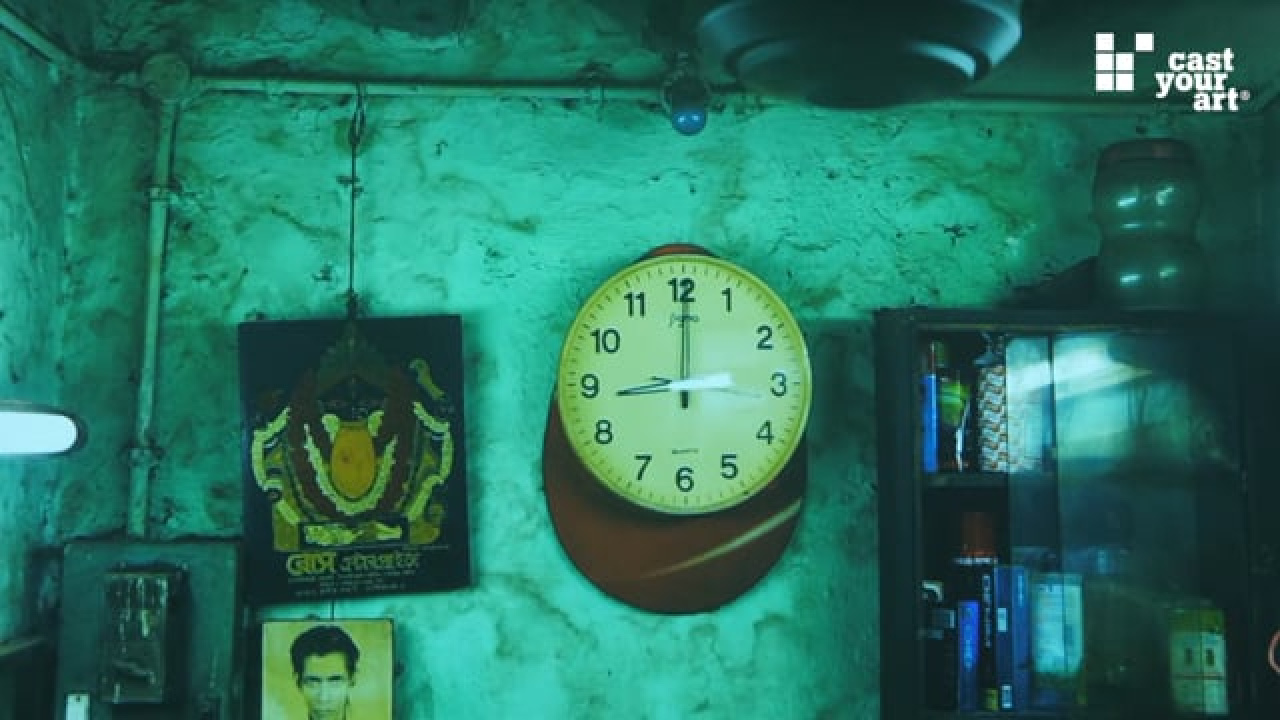Ahmet Ögüt - In Front of Your Eyes
For a long time, contemporary art was strictly a national phenomenon in Turkey and was therefore, to a large extent, ignored internationally. This has changed. In the 1970s and 80s, artists such as Füsun Onur, Ayse Erkmen, Gülsün Karamustafa, Hale Tenger have begun to break through traditional and national orientations and to bring in international influences. As international attention grew stronger in the 90s and the Istanbul Biennales offered venues of presentation and publicity to the more progressive contemporary art of Turkey, awareness of the value of this art and its development was promoted locally. The recent generation of Turkish artists profited from these changes both thematically and professionally.
One of the internationally renowned Turkish artists of the post-2000 generation is Ahmet Ögüt. The past twelve months of the 27-year-old artist, who lives and works in Istanbul and Amsterdam, have been densely packed: his work has been featured in group exhibitions in San Francisco, Berlin, Sydney, Athens, Eindhoven, Seoul, Helsinki, Santa Fe, Nimes, Malmö, Stockholm, Zagreb, London, Banja Luka, and Stuttgart. In addition, he has had solo exhibitions in Basel and Barcelona, three Biennales, as well as numerous online and print contributions.
Painting, performance, video, sculpture, photography, design, installation—Ahmet Ögüt utilizes a variety of artistic media in order to provide multiple ways of accessing his ideas. In his work, he captures ordinary events: actions, articles, and situations which we encounter on a daily basis and take for granted, thereby no longer falling under our range of perception. The shrewd interventions in which Ahmet Ögüt positions these everyday occurrences bring the unexpected to the surface: the instituting of national power and the fixing of both social differences and indifferences. However, idealism, hope, individual resistance, and powerlessness also become apparent. It reminds us, says Ahmet Ögüt about the effect of his art, of something which we already know, but have forgotten to notice.
In place of the often hermetic approach of theory, the artist uses the anecdotal and playful absurd in order to address his audience. Despite this seemingly lighthearted approach, his work is also critical and exhibits a clear partiality towards the inquisitive, open-minded, experimental side of mankind. He wants, says Ahmet Ögüt, not to instruct, but to remind. In his artistic-political self-conception, he is not so much interested in grand narratives, but rather in modest anecdotes, which one can easily grasp. These do not require that much time in order to be understood, leaving enough time for us to mull them over. (wh/jn)
Das könnte Sie auch interessieren

KAY WALKOWIAK. Eternal Now
20. February 2023
Myths of Romanticism - The New Heroes
9. December 2015
The Eight - Hungary’s Highway to Modernism
19. September 2012
MARCIN JASIK. Winner of a recognition prize of STRABAG Artaward International 2022
4. February 2023
TITIAN. Beauty – Love – Poetry
19. October 2021
TOOURISMUS. About traveling and its effects on climate, landscape, infrastructure, and society.
22. April 2024
CLAUDE MONET. The Garden in Giverny
2. October 2018
